The Article
CDT CD Transport From Leak
7th May 2021
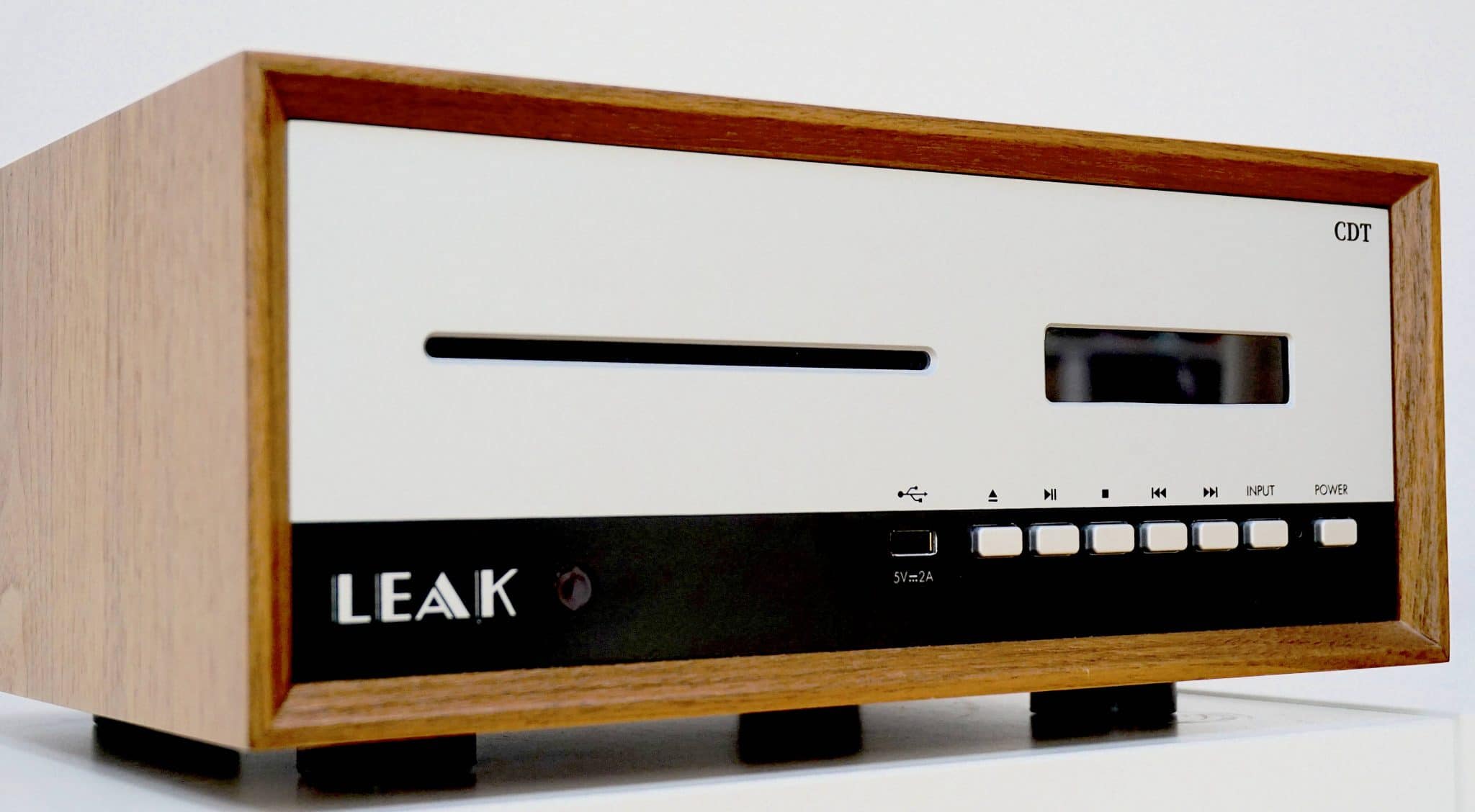
Offering a retro look and a compact form factor, this new CD transport is intriguing both inside and outside. Paul Rigby reviews.
We can argue about specifics and exceptions but in broad terms, certainly under £1,000, the best value CD player you can buy is a pair of separates, not an integrated. That is, the best CD player you can buy is an individual CD transport connected via a coax cable to a DAC.
The two boxes tend to maximise their build budget because each is a specialist item created to do an individually great job and not be broadly ‘decent’ as part of an integrated team. Parts quality is maximised too. While you also benefit from isolation to reduce detail-veiling vibration an high-frequency noise.
Having heard my fair share of lower cost integrated CD players, the transport/DAC option is by far my favourite in terms of basic configuration.
Which is why I was more than happy to grab the Leak CDT, CD transport. Released alongside its sister amplifier, the Leak Stereo 130, the CDT retains the Stereo 130’s retro aesthetic, resplendent in silver but far more suited – to my eyes at least – to the alternative walnut, wooden enclosure. Yes, its going to cost you £100 more but look, if you’re going to go Leak at all, if you’re even thinking of entering the Leak domain, then wood goes hand in hand with that retro look.
“Leak and woodgrain, Leak and woodgrain, go together like a horse and carriage,” as Frank Sinatra once famously sang. Possibly.
THE FRONT
Looking at the front fascia of the CDT, the Leak is a slot-loading design. That is, there’s no CD tray here, you offer the CD disc to the slot and it grab it from you and get’s on its he loading job from that point onwards.
To the right of this slot is a rectangular output window giving you all the information you need including feedback on operating commands.
Before we leave the window, pressing the Info button on the remote cycles through a host of information such as, where applicable, the artist, track name and the like. Pressing Display on the remote toggles the display on or off.
A lot of those commands are placed underneath the window in a straight line. Also taking a rectangular view on life, you’ll find the usual CD transport buttons: stop, play and the like.
The the left of those is a USB slot that allows you to bypass the CD player entirely. Here, you can insert a USB stick, press the input button from CD play to USB play and run a series of digital files to access the connected DAC.
Using the remote control, you can change the source from the CD drive to the USB to flip through your USB, track by track. You can also manipulate folders to move around a more complex storage tree.
To the right is an Input button to repeat the current track. To the right of that is a power button (actually, it’s more of a standby button) with right power light, sitting adjacent to it. On the remote you can change the auto-standby time from 20 minutes to an hour to never merely by pressing the Power button for a few seconds.
THE REAR
Flipping to the rear and on the left of this comparatively bare backside, you’ll find the optical and coax ports. To the right of those are Trigger ports. We then keep going to find the IEC power socket (ideal for those wanting to upgrade their mains cables) and a rocker power switch (the actual power switch, in this case).
When I reviewed the Leak Stereo 130, I referred to a number of Internet rumours that the Stereo 130 was not what it seemed and that it was actually an Audiolab 6000A amplifier wrapped in new clothes.
This rumour was based upon the fact that the remote controls of of the Stereo 130 and the Audiolab 6000A were and are exactly the same.
The veracity of that rumour was shot down in flames, however, when I found out that, in fact, the Stereo 130 feature parts from a Quad Vena II. So the Stereo 130 and the Quad are sonic cousins.
Intriguingly, the remote control for the Leak CDT is also the same as the Audiolab 6000A. The latter is also used for the Audiolab 6000CDT.
So, in that case, the Leak CDT has the same remote control as the Audiolab 6000CDT. So then, does it follow that there’s a hardware link between the two or are we going to look at Quad again?
Well no, this time, the obvious is true. The Lead CDT does feature parts from the Audiolab 6000CDT. Both are sonic cousins. There’s no suggestion that the sound will be the same (we’ll find out in moment) but the Leak design does feature 6000 CDT parts.
Spanning 302 x 117 x 278 in silver or 326 x 145 x 283 with the wooden enclosure in place the Leak CDT weighs 5.3kg without the wood enclosure and 6.9kg with the enclosure.
SOUND QUALITY
I began with the finger-picking guitar of Leo Kottke on Regards From Chuck Pink (Private, 1988). This is a close mic’d affair in which the smallest finger movements are perceptible while the resonance of the guitar body is an important part of the string extravaganza. I chose the track, Taxco Steps because Kottke is backed by a drummer who only plays his cymbals. Hence, there is a host of upper frequency information to tackle here while Kottke mixes delicate string plucks with harder-hitting, Spanish-style strums.
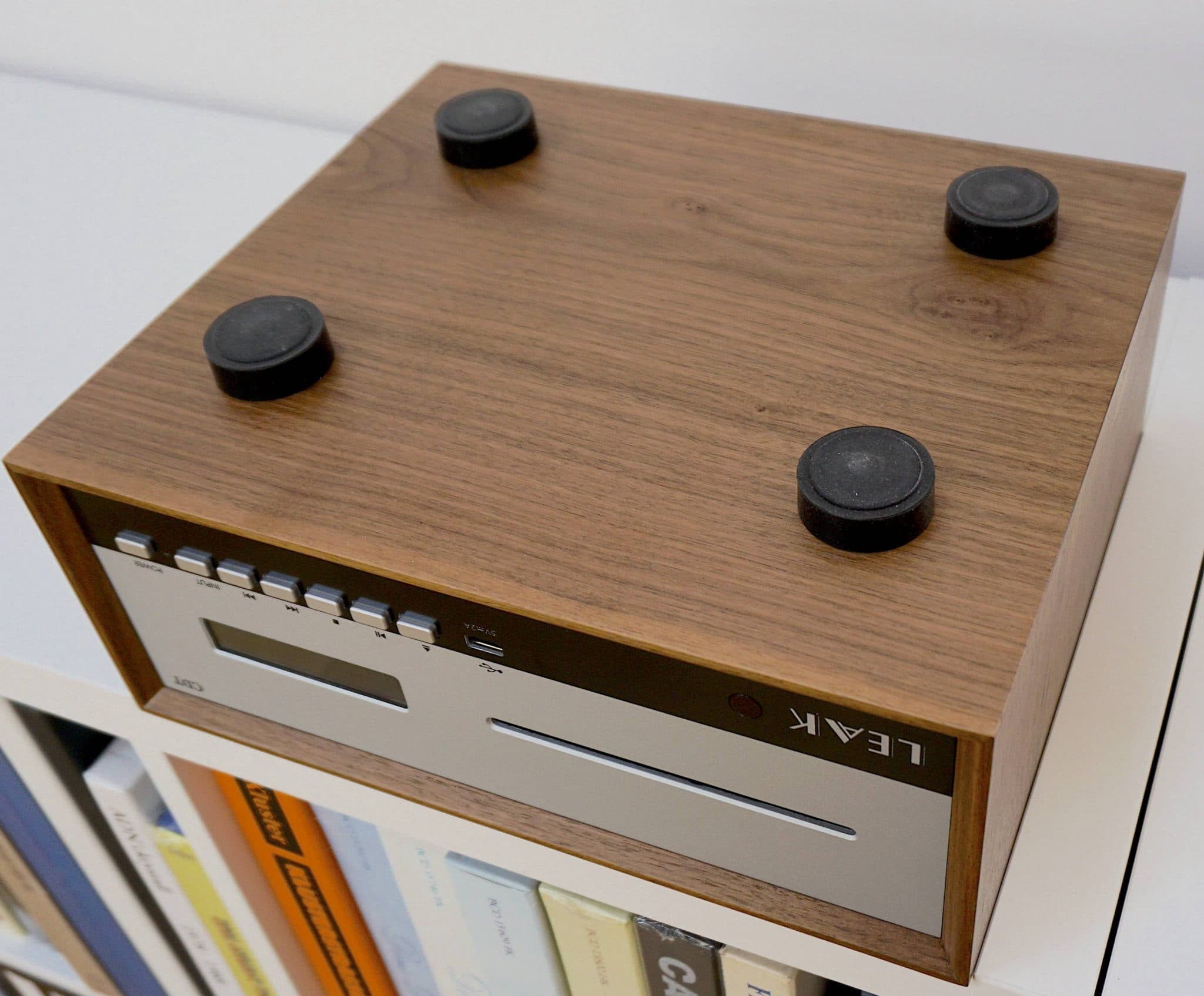
My first impression with the CDT, like Leak’s Stereo 130 amplifier, was the discipline across the frequency spectrum.
Whether you’re talking treble, midrange or bass, the CDT never played the baddie it never hit you with any boomy bass or bright mids. You never found yourself wincing or reaching to lower the gain. This CD transport is nothing if not civilised. It’s the nearest CD transport to family friendly that you’ll find currently on the market.
Also, like the Leak Stereo 130, the CDT adopts the family personality. Both the Stereo 130 and the CDT are two peas from the same pod in sonic terms because the CDT provides a smoothing midrange.
Now, both the Stereo 130 and the CDT may have emerged from the same creative source but, as with many siblings, differences are there. So the CDT offers a smoothing midrange but it doesn’t have quite the same warmth as the Stereo 130. The upper midrange and treble roll off of the Stereo 130 is less pronounced on the CDT. That is, the CDT offers a more balanced presentation than the Stereo 130. I wouldn’t call the CDT neutral because of that midrange smoothness but it sits nearer to that point than the Stereo 130.
This means that, if you have an amplifier that sits square on the neutral point, something like an Audiolab 6000A for example but you would like to smooth out the mids of your CD playback just a little bit, then a Leak CDT is ideal for that.
So let’s address the elephant in the room, how does the Leak CDT compare to the Audiolab 6000CDT?
THE 6000CDT?
The Audiolab is strictly neutral. It’s strictly balanced. The Leak is not. It has that midrange smoothness.
In midrange terms, the Audiolab has a greater degree of precision in the upper mids. So, aggressive guitar strums have real bite and focus while the Leak softens that focus and pulls back on the bite to make the effect less intense but possibly for some, more approachable.
Also, the Audiolab introduces a touch more space around the soundstage because its transient performance is more impressive. That is, the Audiolab starts and stops on a dime. The Leak is a little looser in this area. Laid back, more relaxed. The Leak doesn’t overly skimp in this area. It’s pretty airy but the smooth mids just take a little away from the spacial side of the soundstage. Only a tad though. Listened to in isolation, you may not hear that. I had the benefit of strict A-B comparisons.
So let’s focus a little more on the lower frequencies now. I changed the CD for classic prog and Yes’ Yes Album (Elektra, 1971). I played a Rhino remastered issue from 2003.
The 6000CDT has a real snappy punch from the drums on the first track, Yours is No Disgrace but the Leak CDT pulls back softens the edges. You still have the punch and you still have weight in the bass but the effect is not as snappy. If anything, it’s more organic.
If you have read my review of the Leak Stereo 130, you will have ready my assertion that the latter is ideal for 60s and 70s music because it has that valve-esque upper midrange and treble glow, synonymous with studio gear and masters of the time.
The Leak CDT follows in the Stereo 130’s steps here. As I’ve already mentioned, the Leak CDT moves towards a more neutral standpoint than the Stereo 130 but, playing 70s prog through the Lead CDT, I couldn’t help but feel how nicely The Yes Album sounded via the Leak CDT. The presentation fitted like a glove. The enhanced focus of the Audiolab might not have been there but there was plenty of emotion here, plenty of feeling, plenty of soul.
I then inserted a USB stick into the front-facing slot and played a CD rip of vocal jazz. Namely, A Nightingale Sang in Berkeley Square on Dreamland (Linn) via Carol Kidd.
ON USB
I noted a slight increase in noise via the USB stick and had to lower the gain to compensate. The Direct DAC access output wasn’t quite as laid back around the midrange with an increase in focus and precision honing the slightly lit upper midrange detail and bass. The gentle approach of the CD wasn’t to be seen here although, from the USB source, there was plenty to like because even subtle detail from the rear of the mix could be tracked by the ear.
There are, in effect, two Leak CDTs on offer here. That is, I can see the Leak CDT appearing easily in two different types of hi-fi systems.
First, there’s the Leak CDT that many people will buy because it fits nicely with their newly acquired Leak Stereo 130, with its warming presentation. For that particular combination, the Leak CDT grabs CDs by the scruff of the neck, it shows them the 60s and the 70s decades, then it faces them, looks them right in the eye and screams at the top of its voice, “See that!? See that music there? In those two decades? Real music, that lot! That’s what real music sounded like!” In short, if the Leak CDT could invest in a DIY tye-die kit, talk a lot about ‘the man’ and how everyone over 30 shouldn’t be trusted and would look to buy a house somewhere in, oh I don’t know, Laurel Canyon, perhaps? Then it would. It surely would.
Then there’s the other Leak CDT. The one you buy and add to something like an Audiolab 6000A or a Rega Brio or a Cyrus ONE or a Heed Elixir.
For that combination, you have an intriguing combination of a neutral and open suite of amplification with a smooth midrange to add a touch of what, gentility I suppose, to the silver disc. One that enhances any CD from any decade with a sense of elegance and good manners.
CONCLUSION
If the Leak CDT was a dog it would be a Labrador. Solid, strong, super friendly and well behaved. A dog that will never bite you or rip off your arm (oh, I’ve heard some CD players, so harsh, they would decapitate you in a moment). Quick tip, next time you go to a hi-fi show, just count the amount of one-armed people in the crowd. You’ll know why.
Polite, approachable, easy on the ear, totally lacking in any sort of listening fatigue, this is a CD transport that engages you, sidles up to you and wants to be your friend. The Leak CDT has never heard of metallic-sounding CDs, it has no conception of harsh digital and would shiver if you even mentioned bright upper mids. Try it and see.
The Leak CDT offers a host of detail, enough clarity and transparency to impress, a satisfying dynamic range and bass punch to rock if required. If you’re looking for a CD transport then the Leak CDT should be right up there on your list, during a dealer demo session.
The Leak CDT is, in fact, the distinguished gentleman of CD players.
LEAK CDT CD TRANSPORT
Price: £449 (silver) or £549 (with wood enclosure)
Website: www.leak.co.uk
GOOD: smooth mids, good detail, admirable bass output, solid build, compact
BAD: not strictly neutral
RATING: 8
REFERENCE
Pro-Ject RPM3 turntable
Funk Firm Little Super Deck
Goldring 1042 Cartridge
Ortofon 2M Black cartridge
Trichord Dino phono amplifier
Audiolab 6000CDT CD Transport
iFi iOne DAC
Benchmark DAC
Audiolab 6000A amplifier
Spendor S3/5R speakers
A1 speakers
Tellurium Q cabling
Blue Horizon Professional Rack System
Harmonic Resolution Systems Noise Reduction Components
CAD GC1 Ground Controls
Air Audio AC-2K Balanced Transformer
Russ Andrews RF Router Mk.II
All vinyl was cleaned via a Degritter ultrasonic cleaner

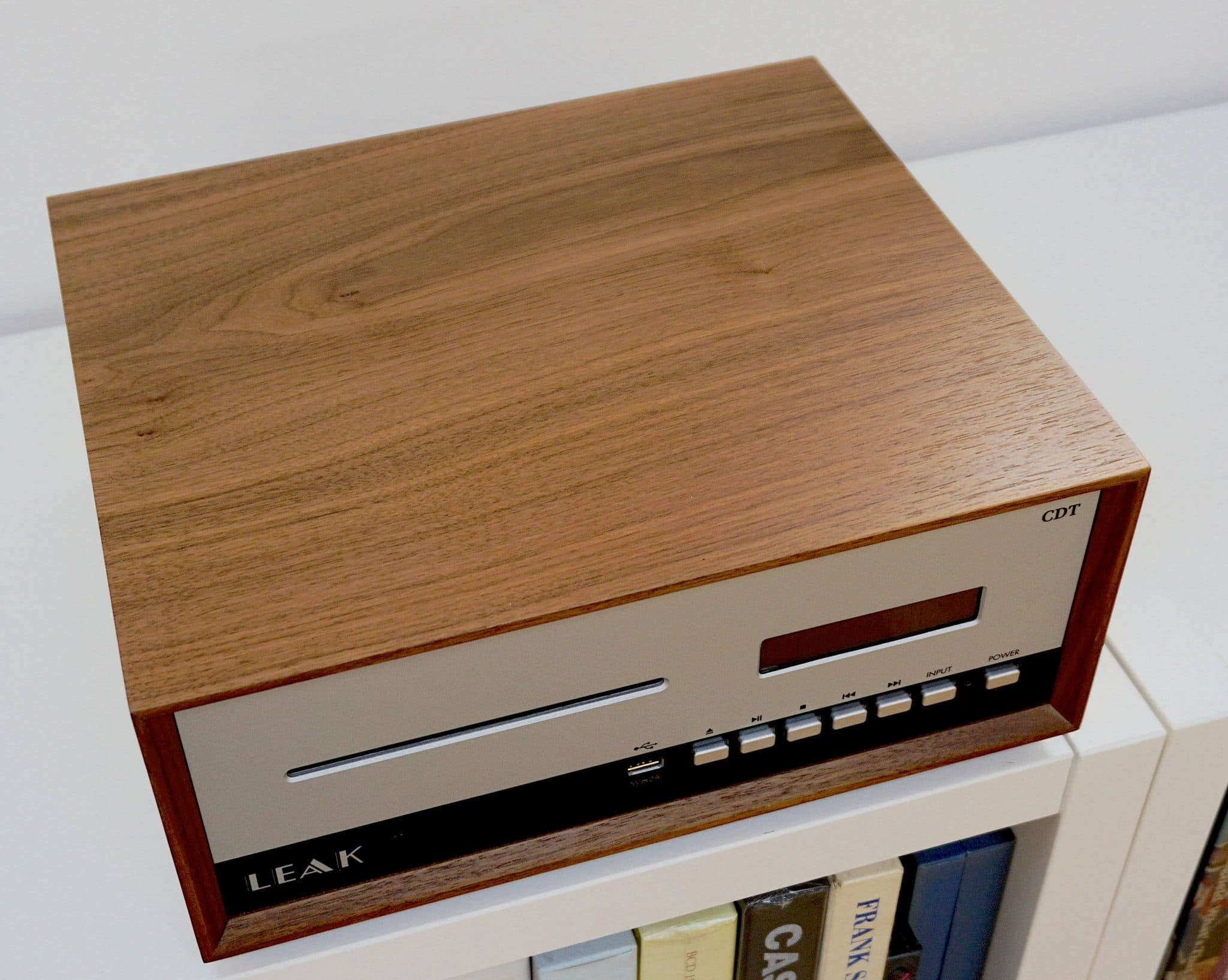
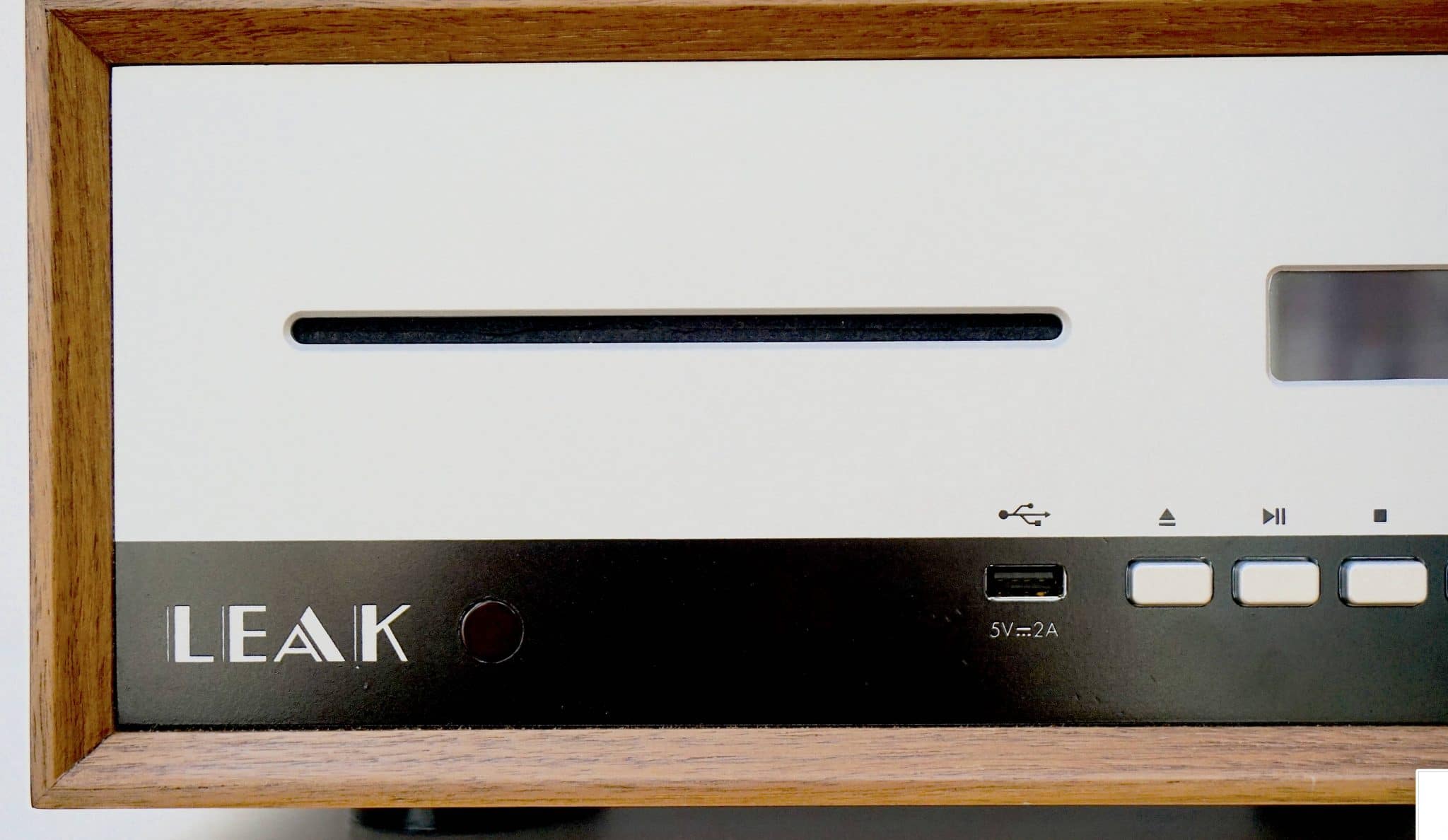
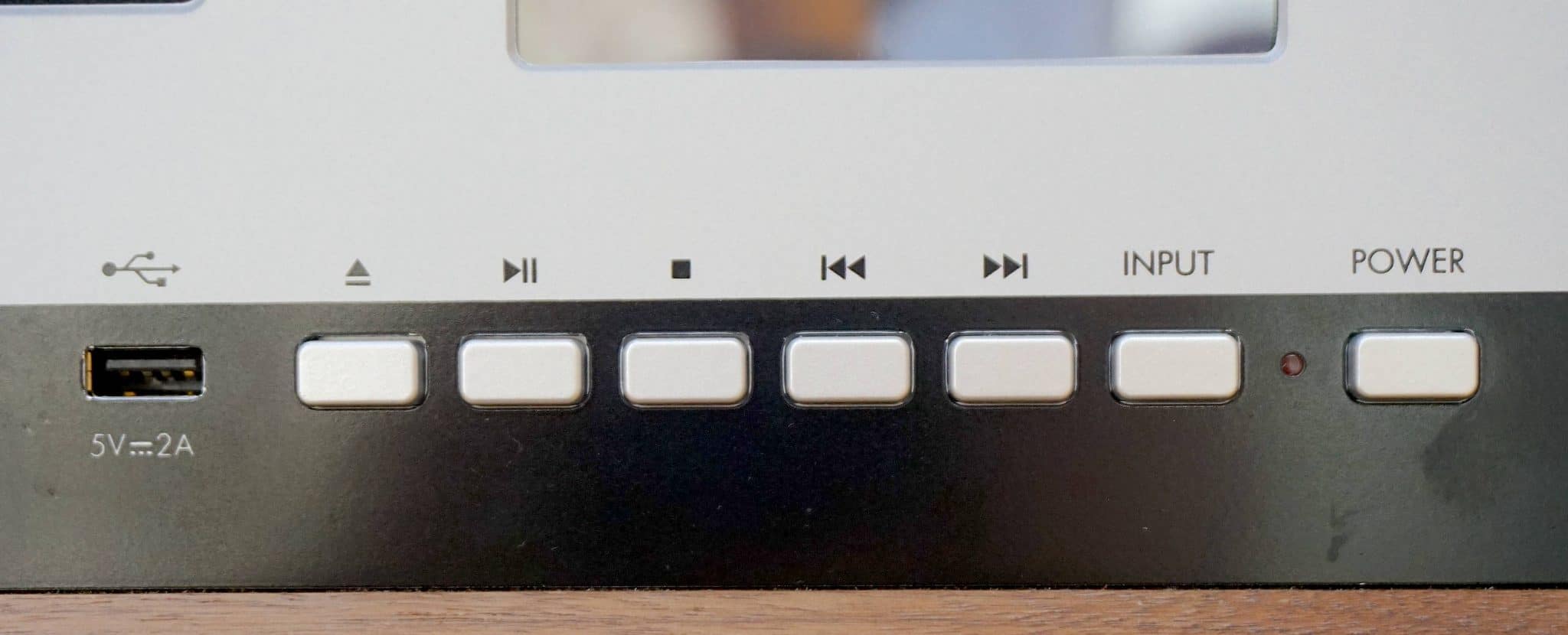
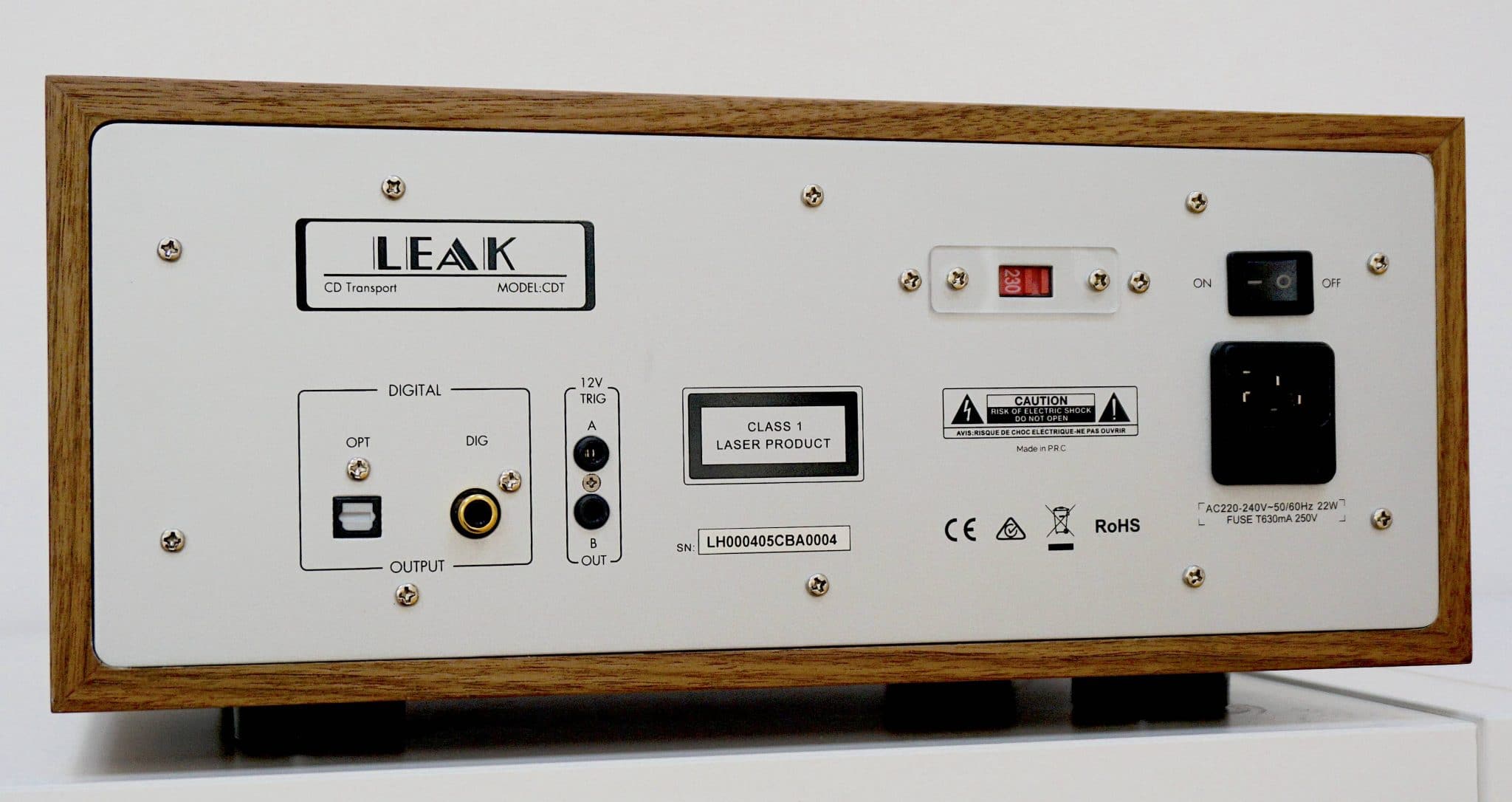
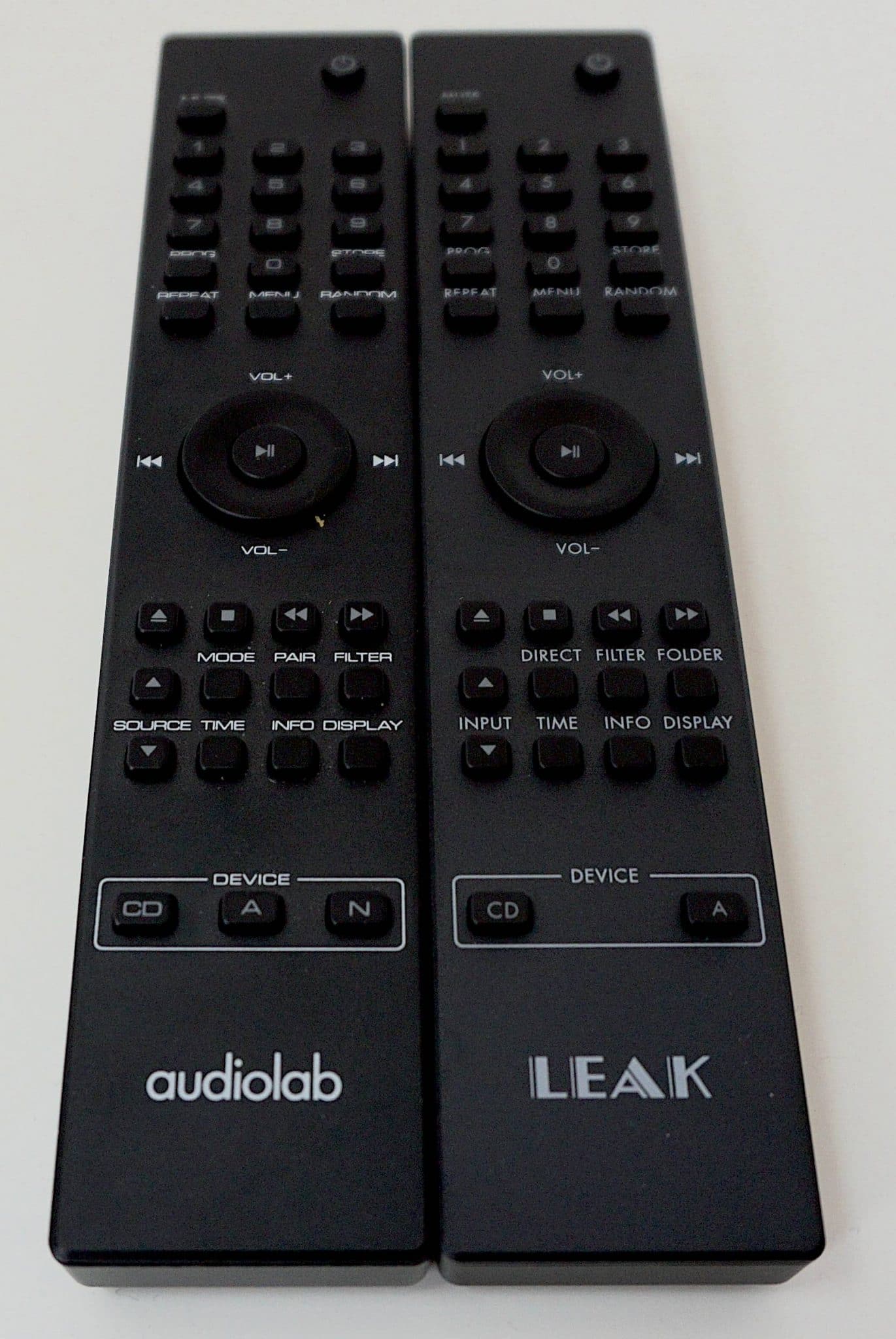
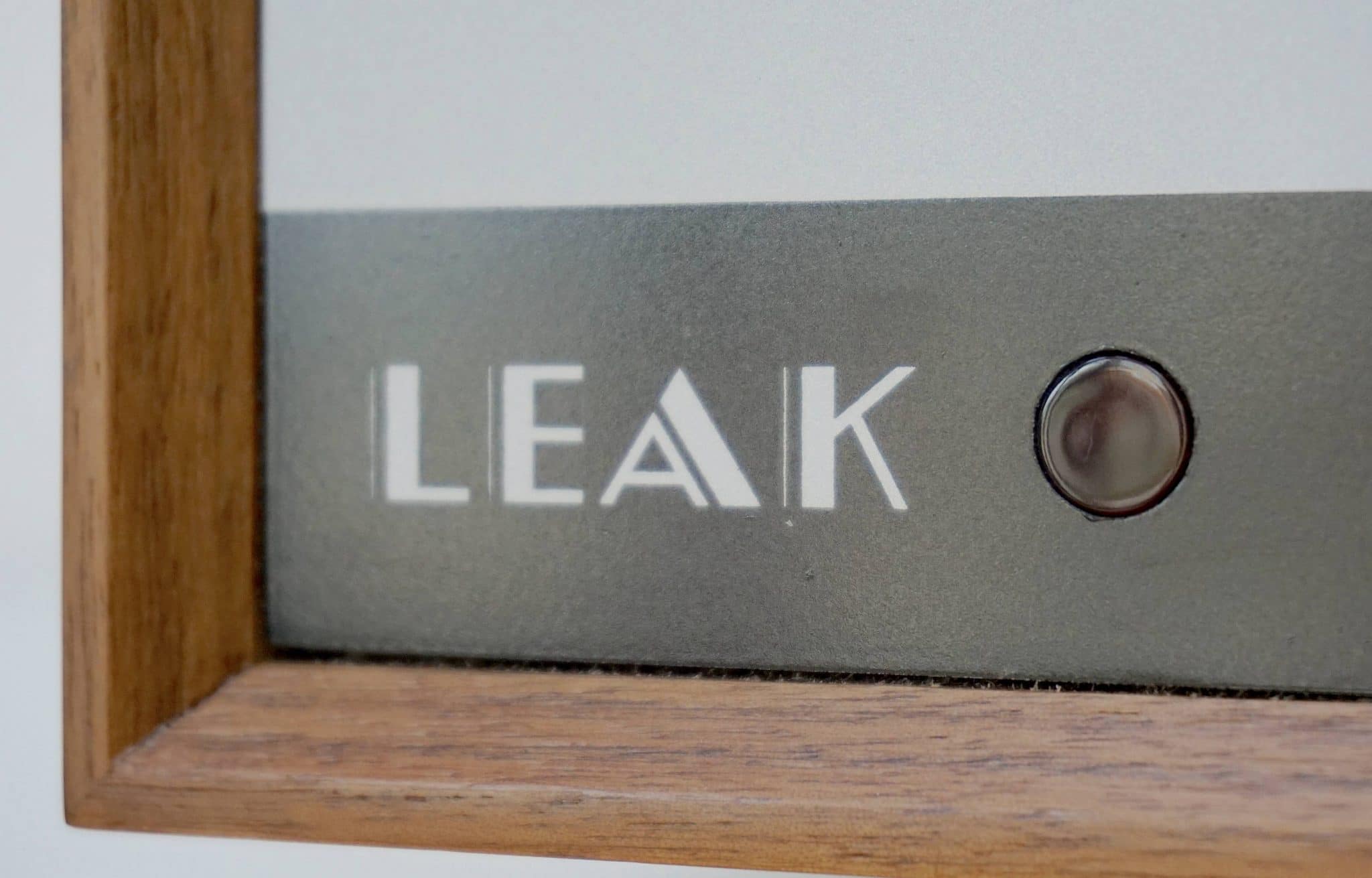
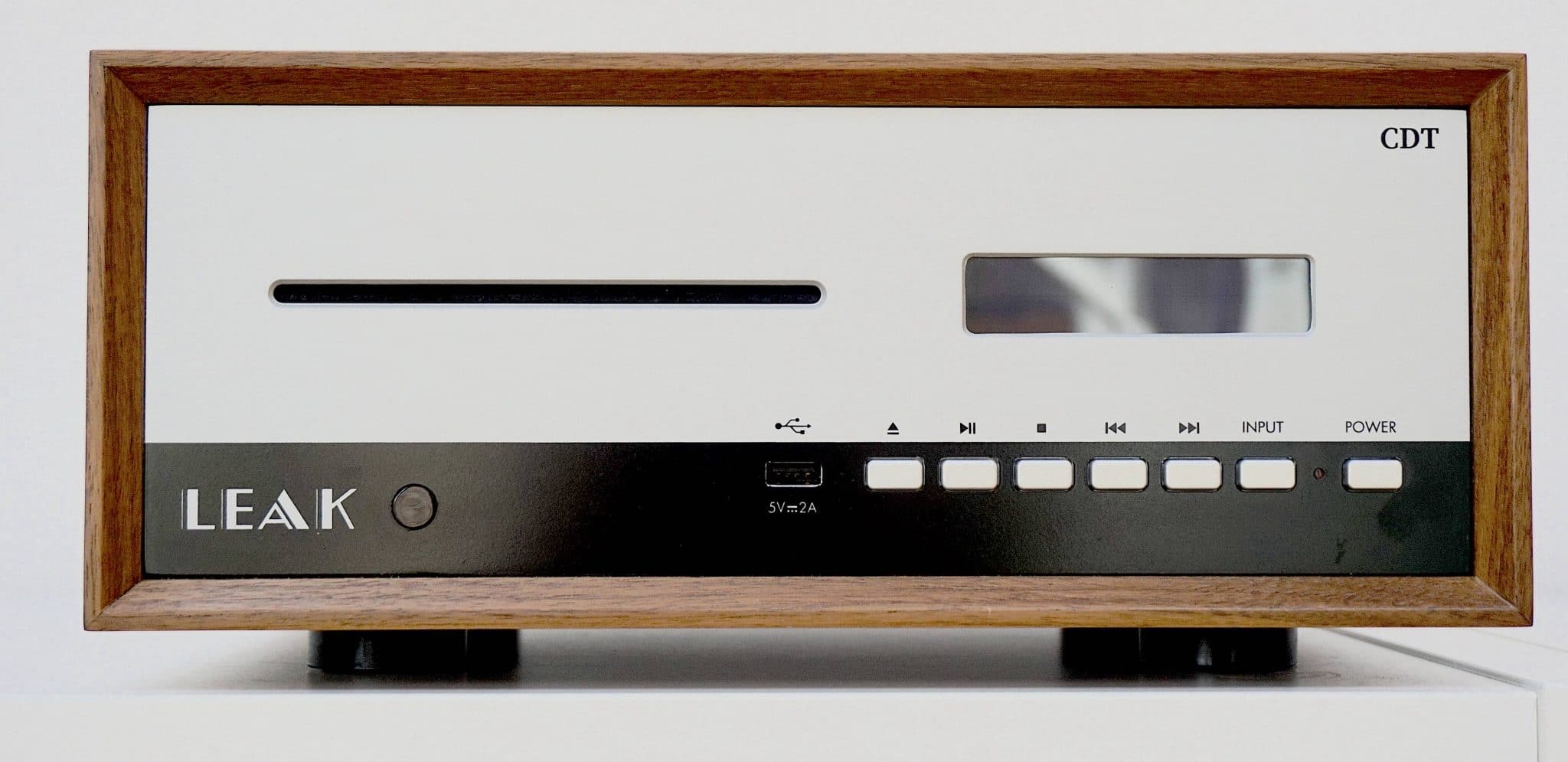
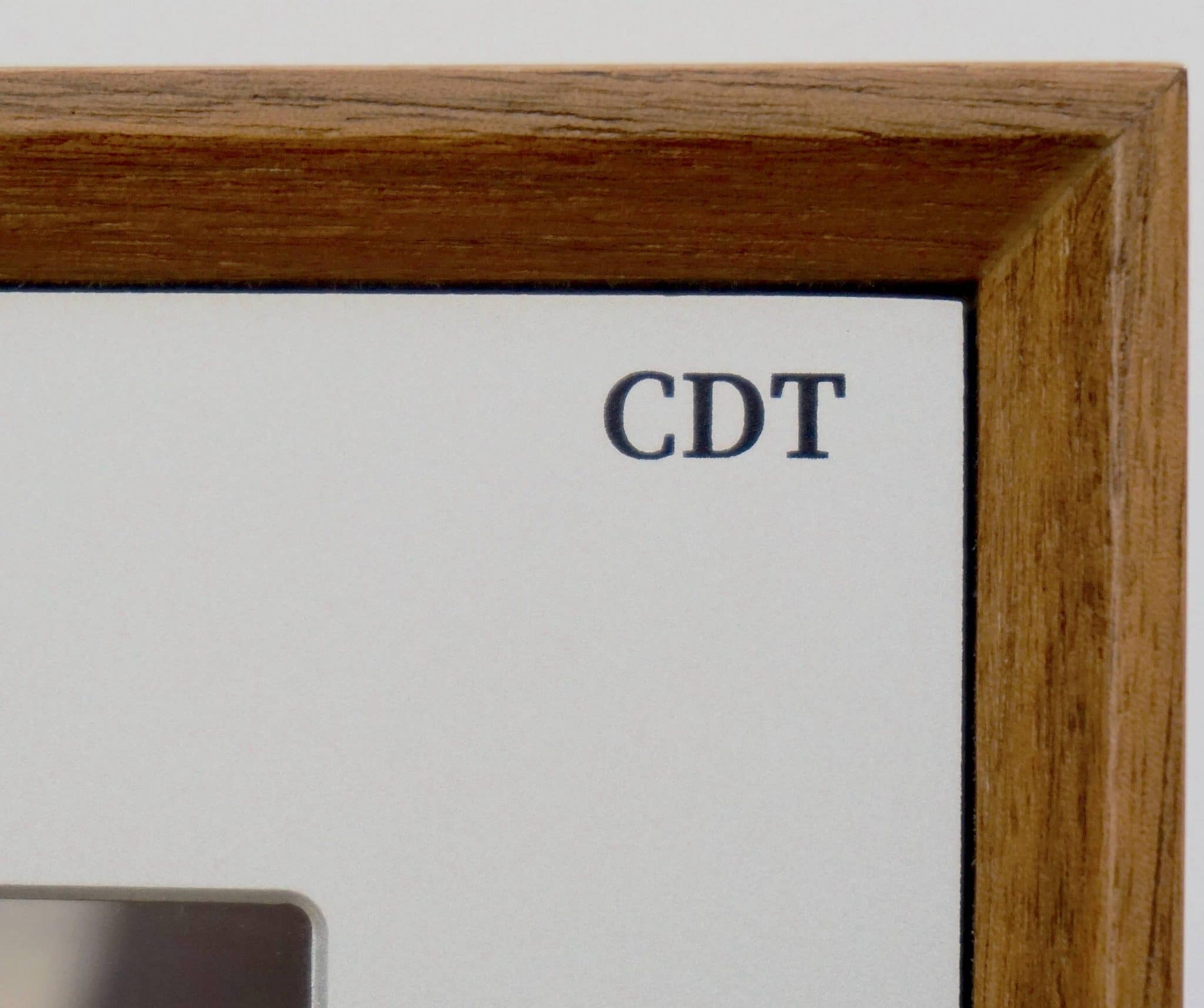
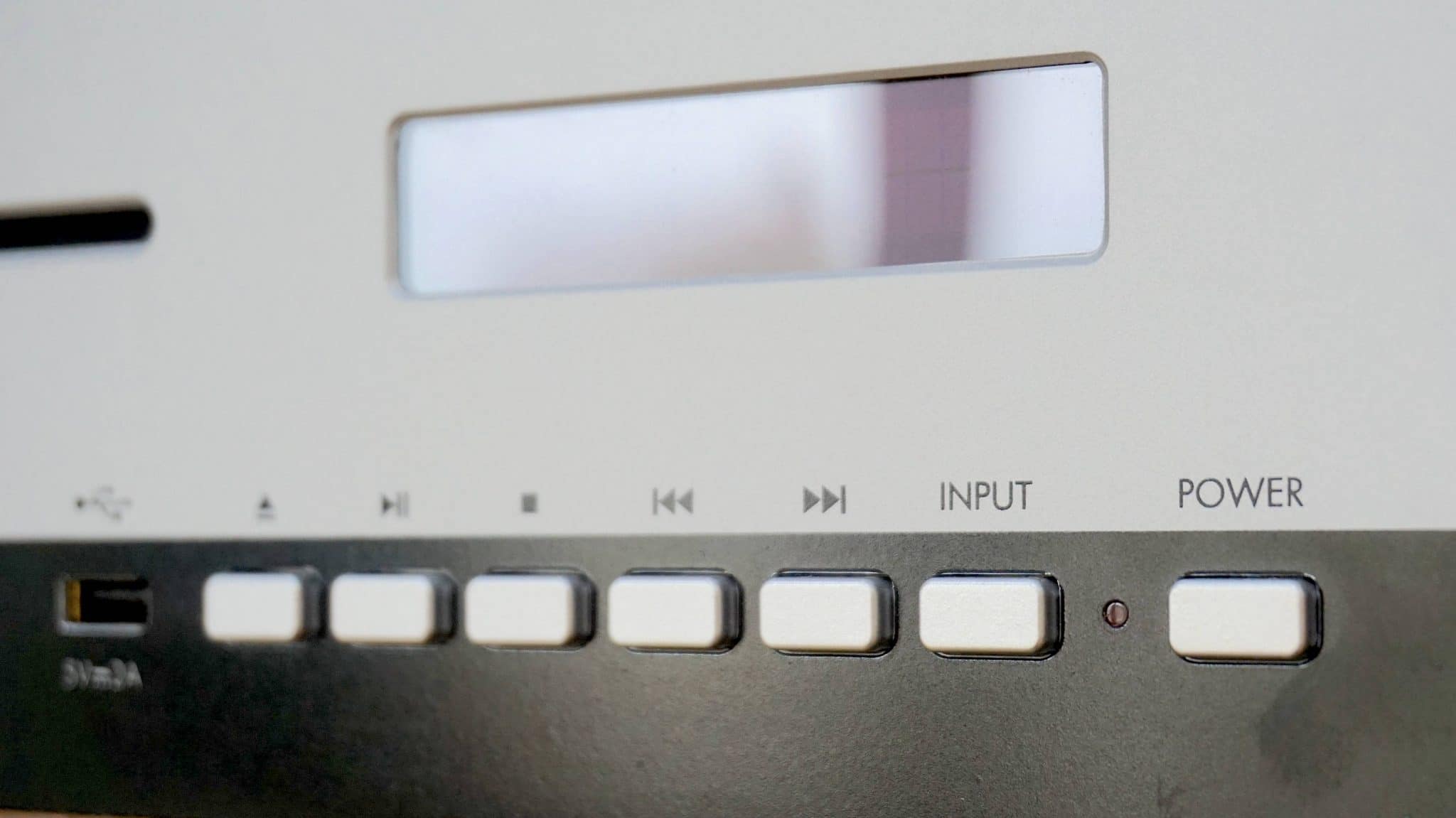
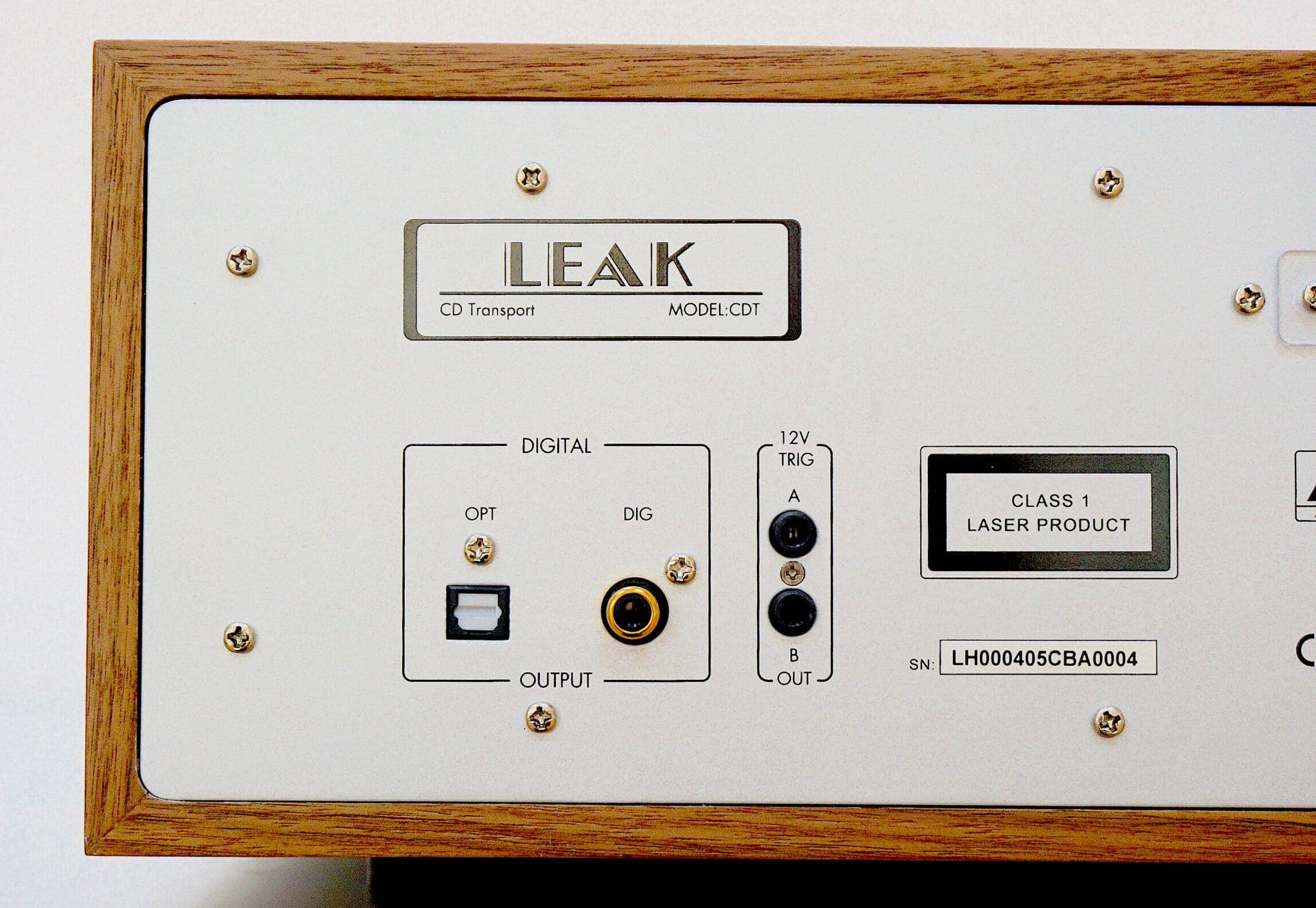
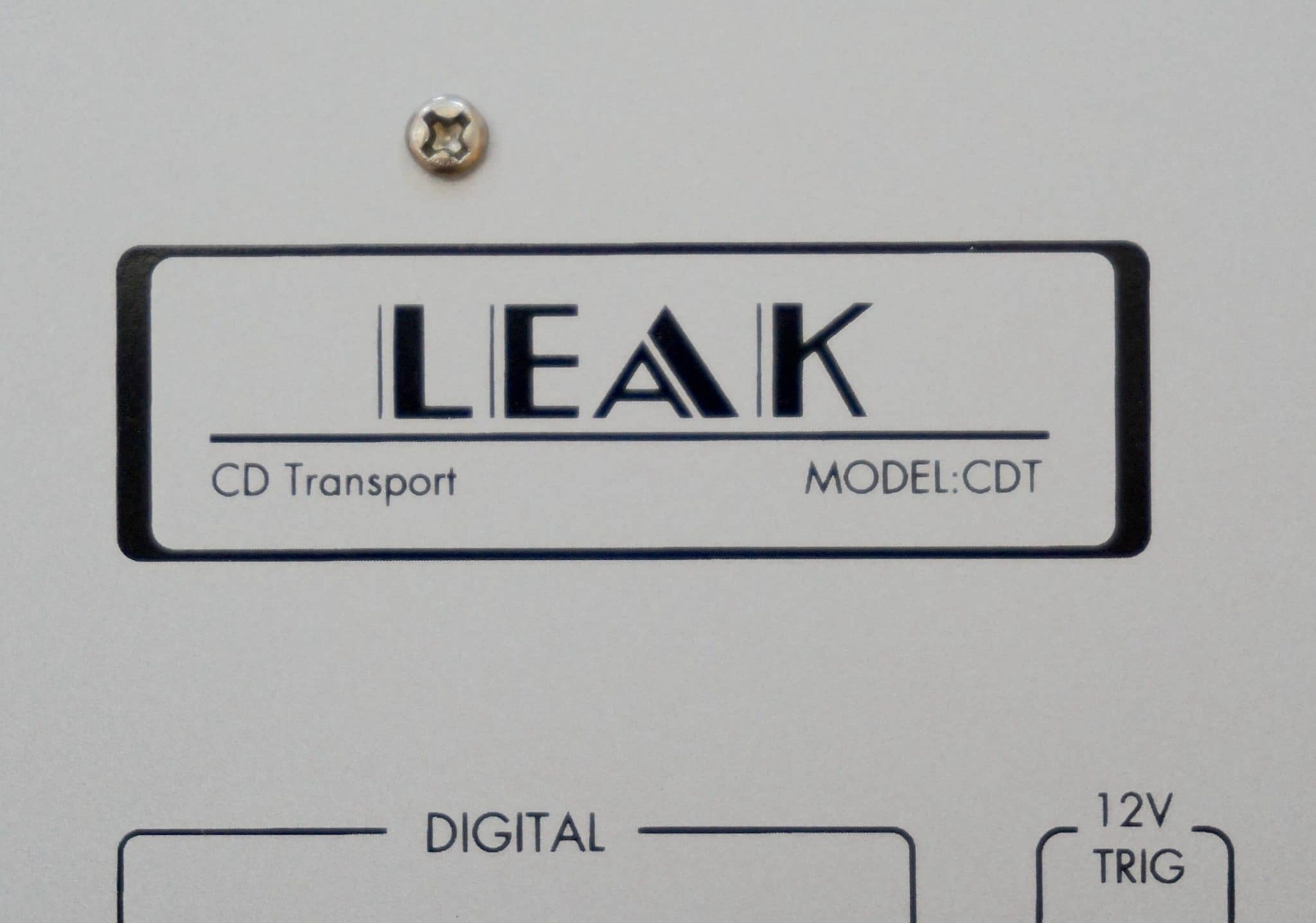
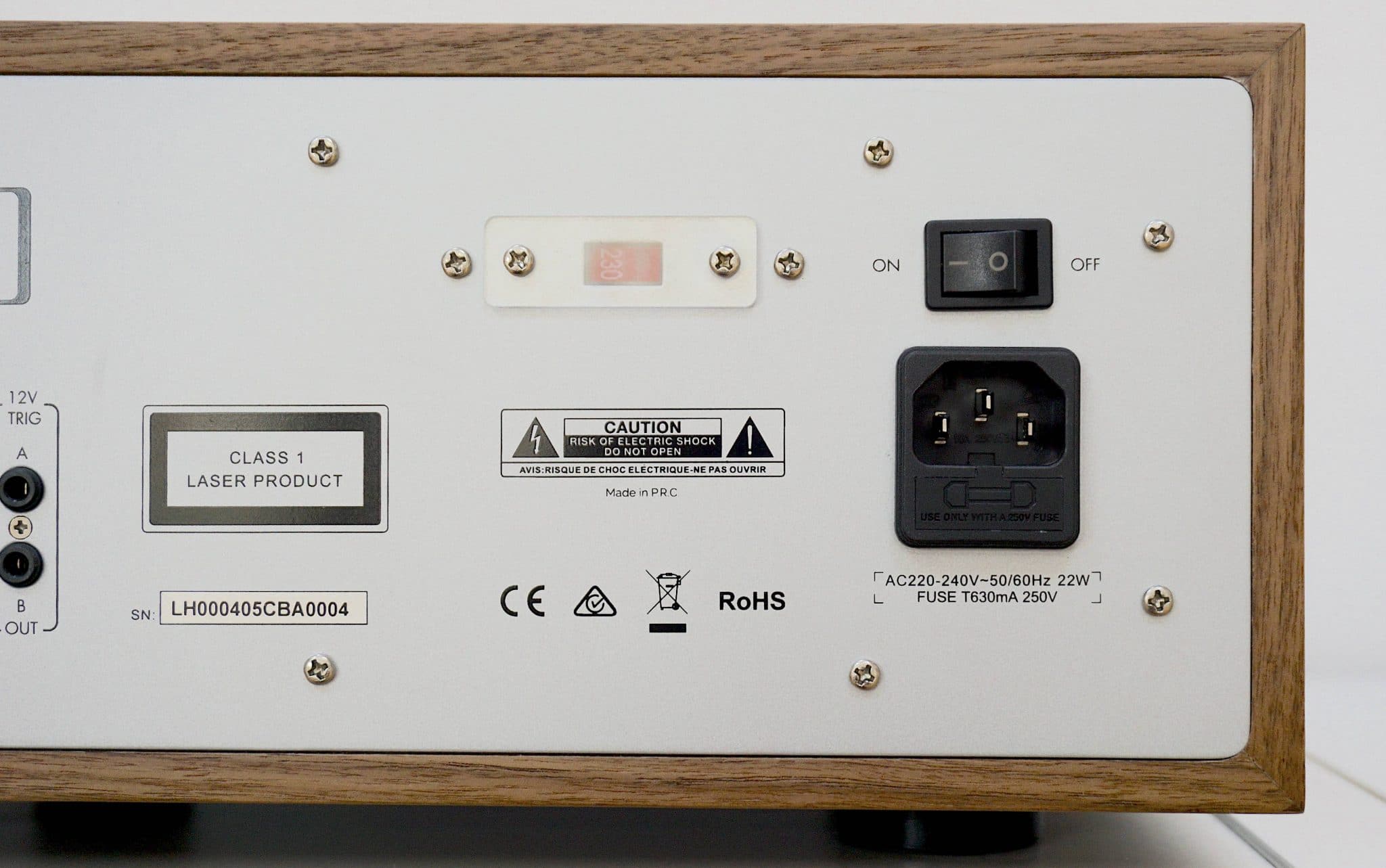
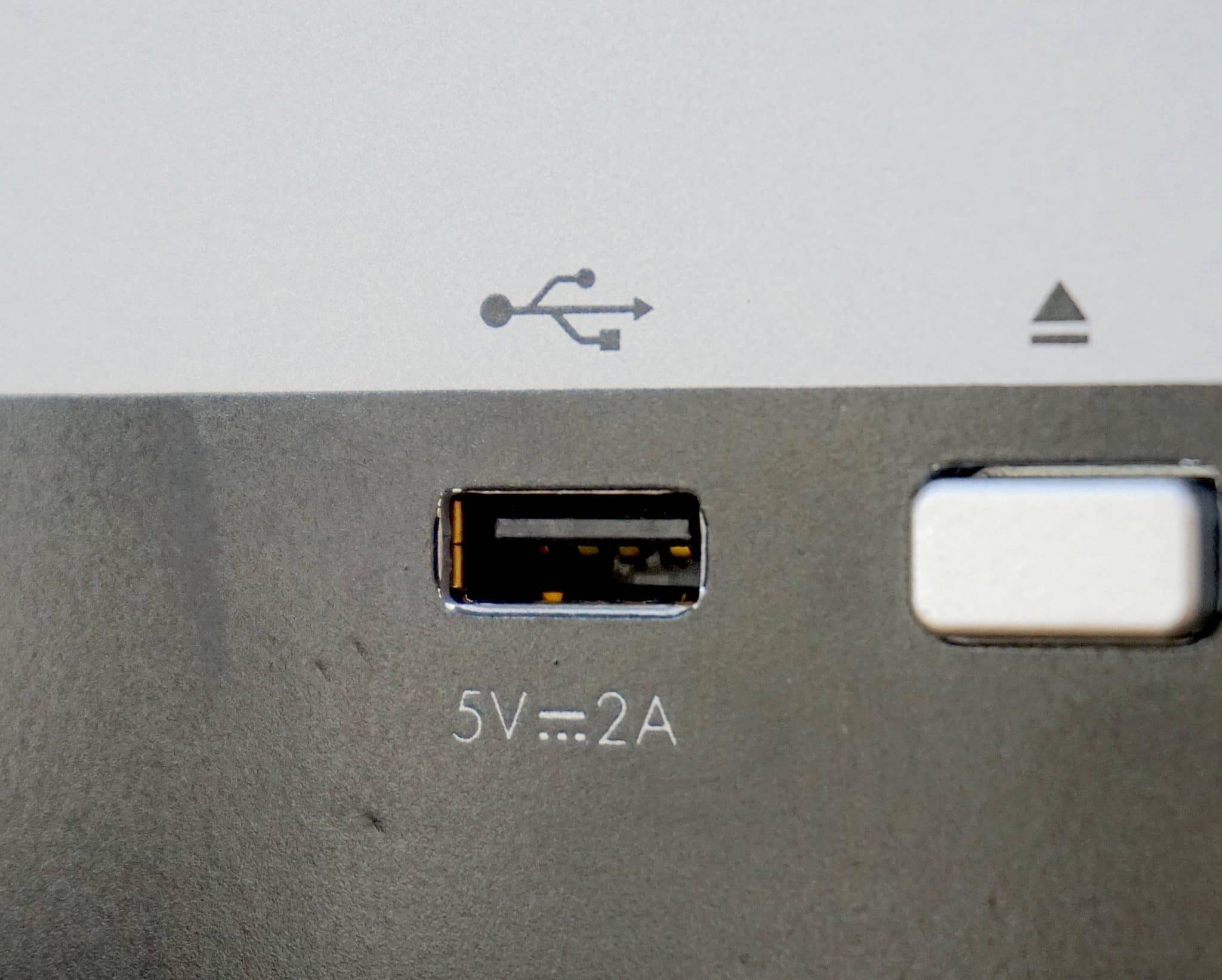
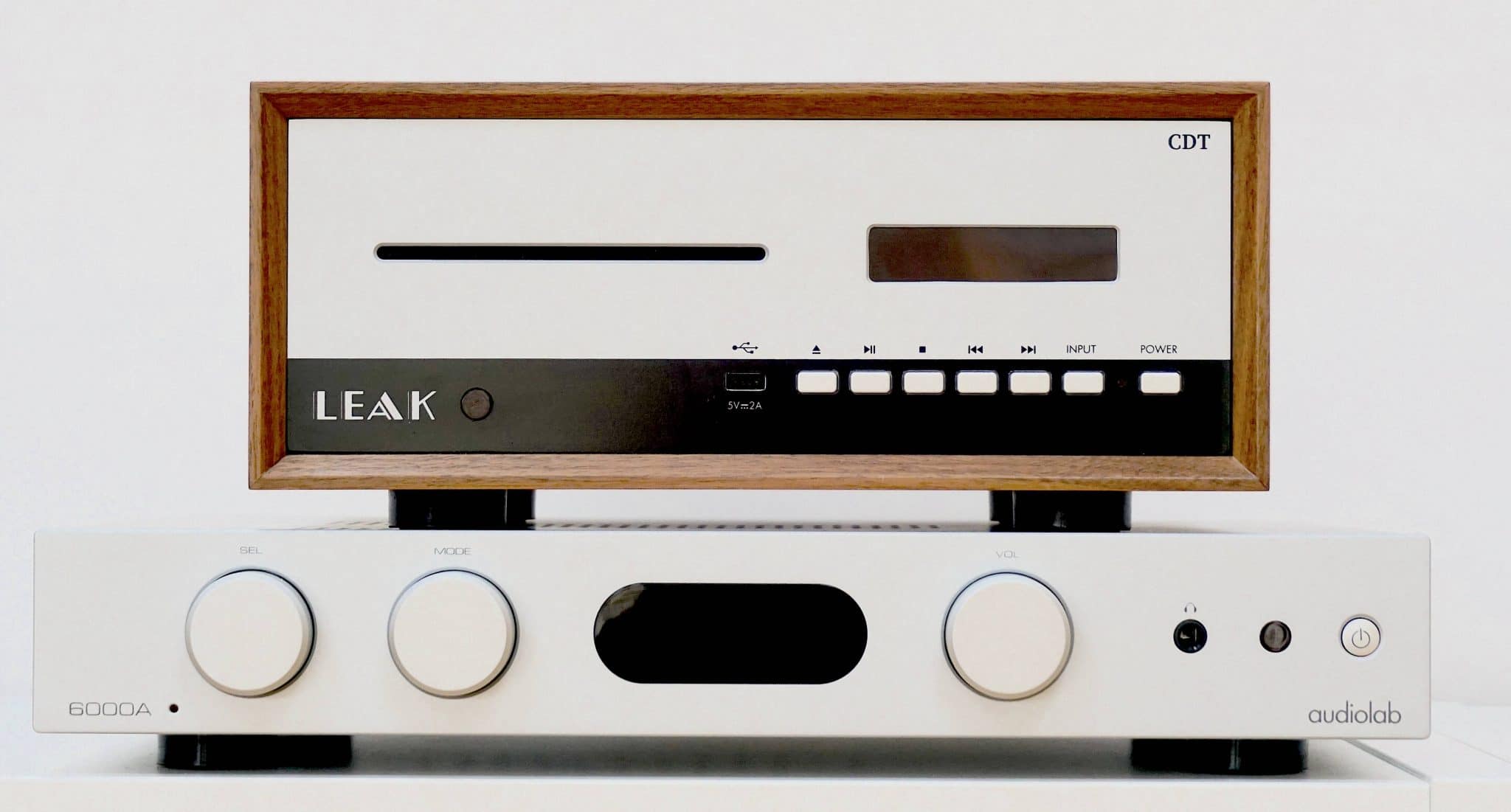
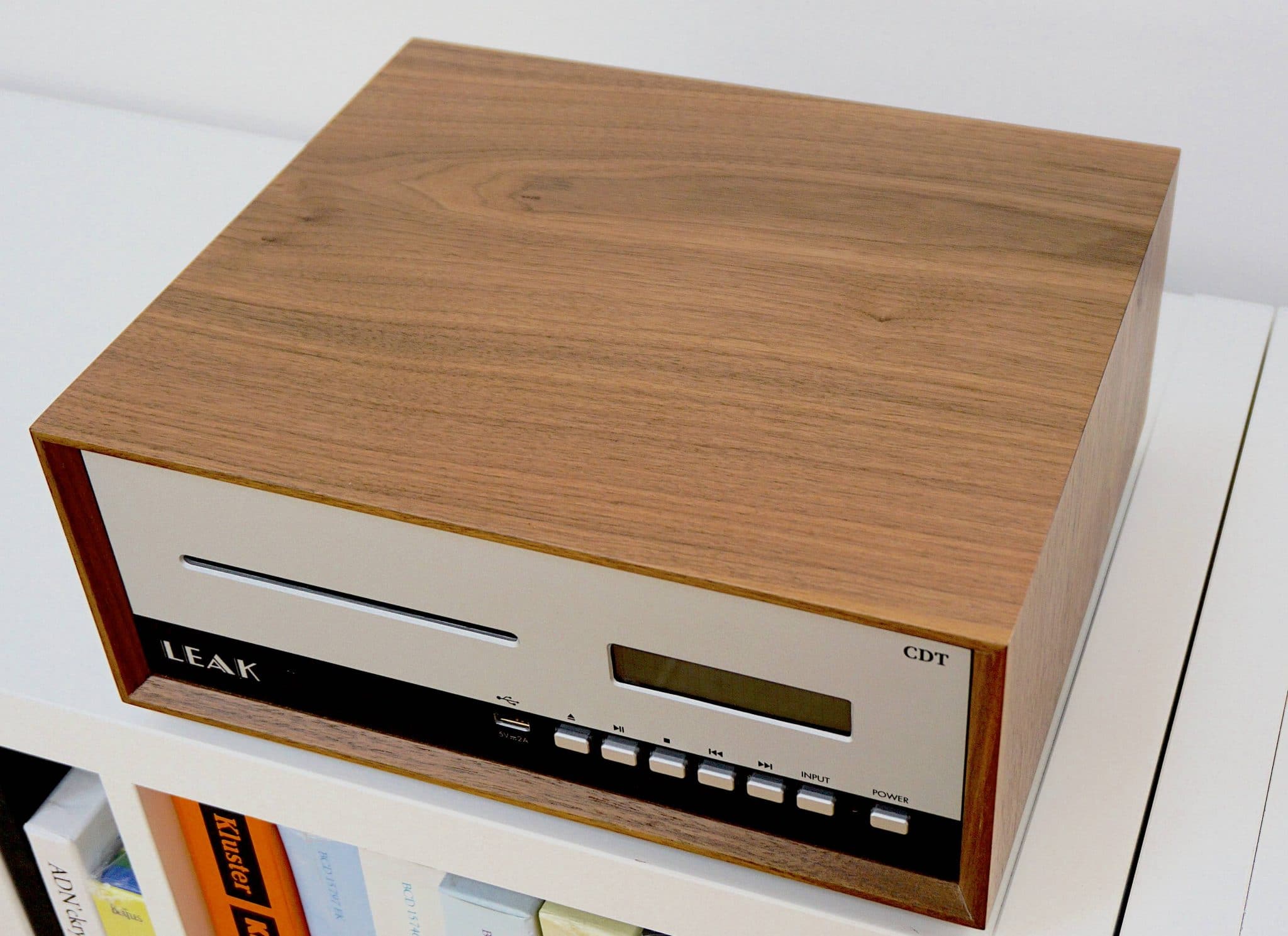

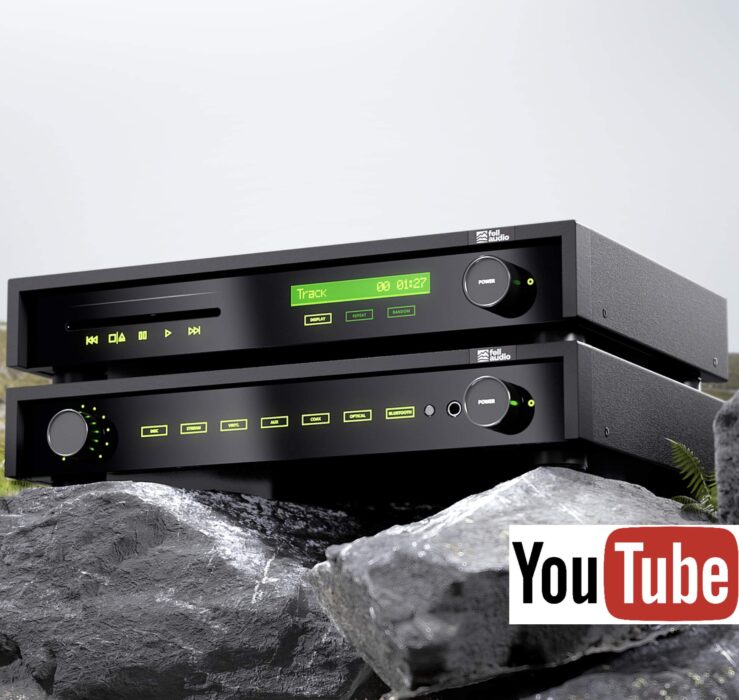

Paul:
At-the-end-of-the-review, either buy a Cambridge Audio CXC for hundreds less for buy the Audiolab 6000A? The leak is simply not worth $999.00 by an reasonable criteria – except – that it exists and is available. The CXC is absolutely, positively superb – unless, it disfunctions – which it does and quite often. Cambridge Audio offers a buy-back program so if you exchange it for another CXC, the price is less than $300.00.